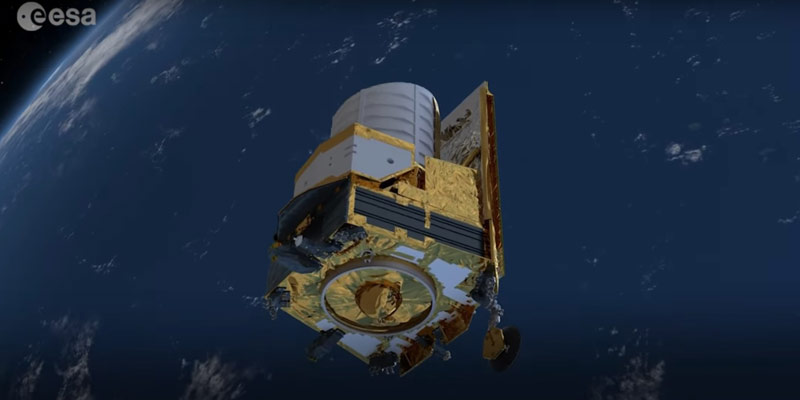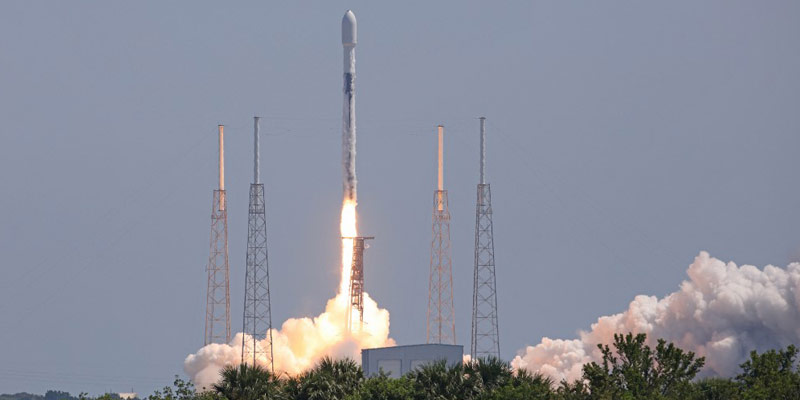- World
- Jul 04
ESA launches Euclid space telescope to explore ‘dark universe’
• ESA’s Euclid spacecraft lifted off on a SpaceX Falcon 9 rocket from Cape Canaveral Space Force Station in Florida on July 1.
• The successful launch marks the beginning of an ambitious mission to uncover the nature of two mysterious components of our Universe — dark matter and dark energy.
• It will help to answer the fundamental question: What is the Universe made of?
• Euclid is a European mission, built and operated by the European Space Agency (ESA), with contributions from National Aeronautics and Space Administration (NASA).
• The Euclid Consortium comprises more than 2,000 scientists from 13 European nations, the US, Canada and Japan.
• Over six years Euclid will survey one third of the sky with unprecedented accuracy and sensitivity.
Why is it named Euclid?
Euclid is named after the Greek mathematician Euclid of Alexandria, who lived around 300 BC and founded the subject of geometry. As the density of matter and energy is linked to the geometry of the universe, the mission was named in his honour.
Objectives of Euclid
• While dark energy accelerates the expansion of the Universe and dark matter governs the growth of cosmic structures, scientists remain unsure about what dark energy and dark matter actually are.
• By observing the Universe evolving over the past 10 billion years, Euclid will reveal how it has expanded and how structure has formed over cosmic history – and from this, astronomers can infer the properties of dark energy, dark matter and gravity, to reveal more about their precise nature.
• Euclid will create the largest, most accurate 3D map of the Universe, with the third dimension representing time itself.
• This detailed chart of the shape, position and movement of galaxies will reveal how matter is distributed across immense distances and how the expansion of the Universe has evolved over cosmic history, enabling astronomers to infer the properties of dark energy and dark matter.
• This will help theorists to improve our understanding of the role of gravity and pin down the nature of these enigmatic entities.
• Euclid will deliver the most detailed map of the extra-galactic sky.
• This inestimable wealth of data will also enable the scientific community to investigate many other aspects of astronomy, for many years to come.
• To achieve its ambitious scientific goal, Euclid is equipped with a 1.2 m reflecting telescope that feeds the two innovative scientific instruments: a visible-wavelength camera (the VISible instrument, VIS) and a near-infrared camera/spectrometer (the Near-Infrared Spectrometer and Photometer, NISP).
• VIS takes very sharp images of galaxies over a large fraction of the sky.
• NISP can analyse galaxies’ infrared light by wavelength to accurately establish their distance.
• The spacecraft and communications will be controlled from ESA’s European Space Operations Centre (ESOC) in Darmstadt, Germany.
Manorama Yearbook app is now available on Google Play Store and iOS App Store


